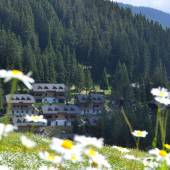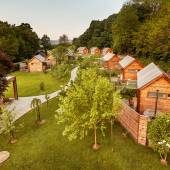Architectural achievements of the time
At the time of their construction some of the Slovenian buildings were considered outstanding not only in Slovenia but in the global context. Although they might not cause such strong reactions as they used to, they still draw attention with their stories and content.
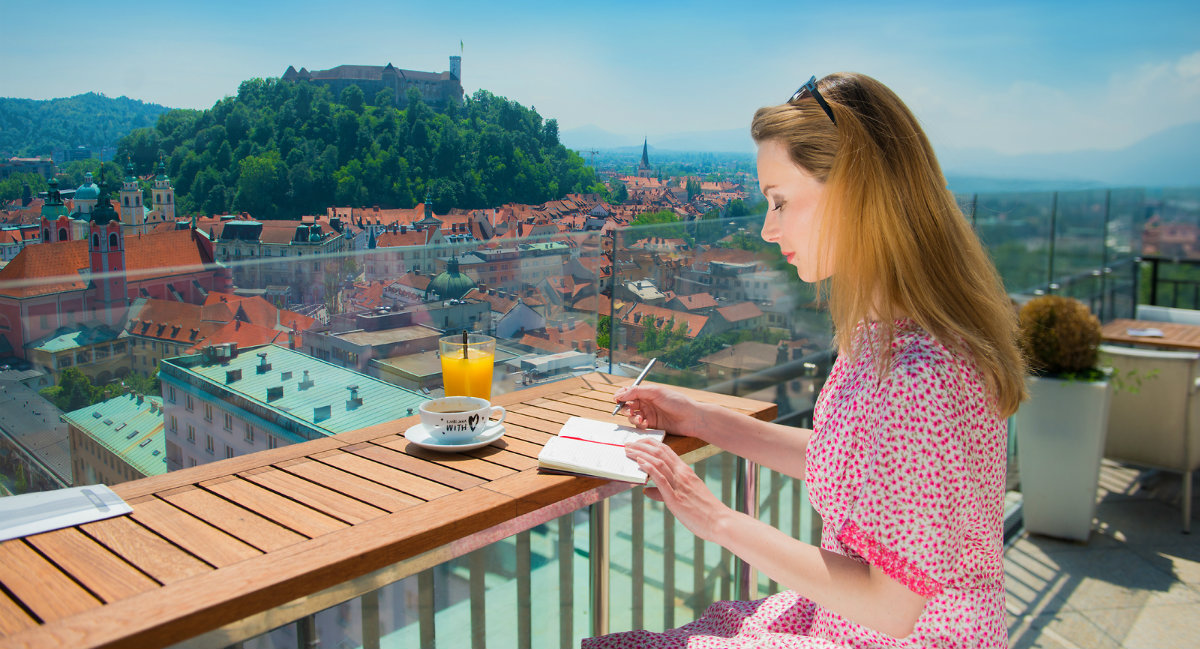
Nebotičnik
One of the greatest architectural icons and symbols of progress in the Slovenian capital was built in 1933. Its height of 70 metres made it the tallest building in Central Europe and it remained such for a long time. Its architect, Vladimir Šubic, introduced such technical innovations, residential standards, and other ideas that Nebotičnik was also considered to be one of the greatest architectural projects in both Europe and the USA. Go up to its top floors and visit a restaurant, bar, and terrace, where you will experience an unforgettable view of Ljubljana and its surroundings.
Visit website
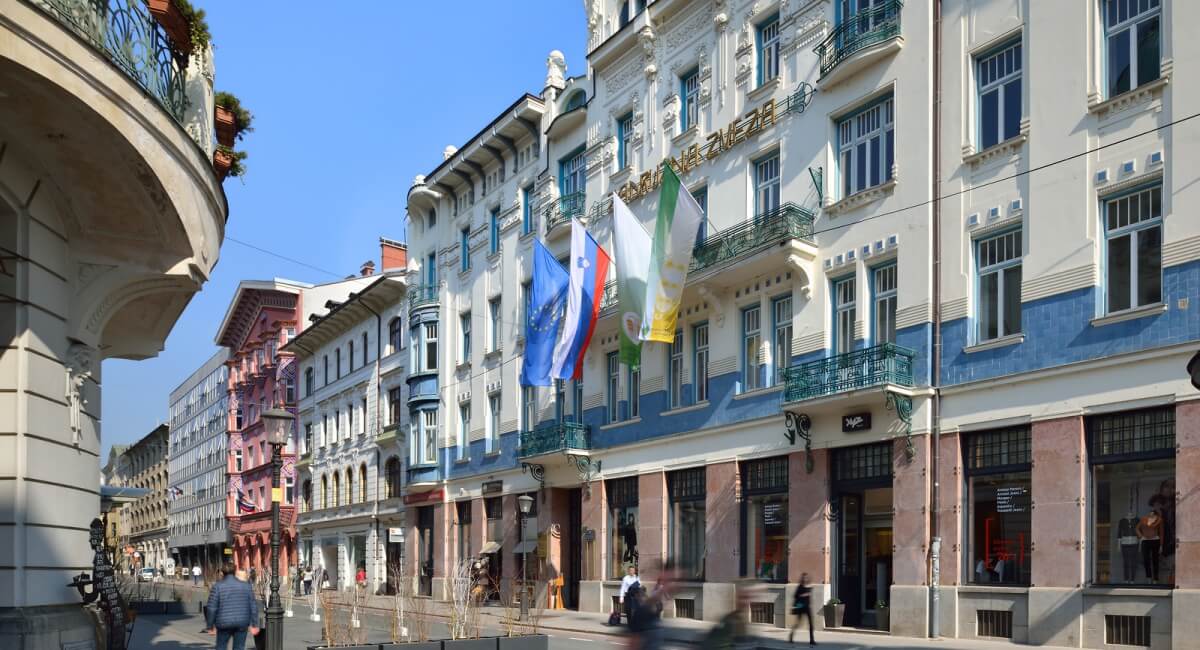
Art Nouveau in Ljubljana
Explore the Slovenian treasury of Art Nouveau buildings from the beginning of the 20th century. Most of them are in the city centre, near the Three Bridges and Prešeren Square. Here, you can find the narrow, painted Hauptman House and the incredible Urbanc House, which was the first department store in Ljubljana If you walk down Miklošičeva Street, you can discover more gems, such as the Grand Hotel Union and the Cooperative Economic Bank at number eight. The latter is an exceptional example of the Slovenian response to late Art Nouveau and is the work of Ivan and Helena Vurnik. In your quest for architectural gems, make sure not to overlook the Dragon Bridge built in 1901, which started a new, very aesthetic style.
Visit website
Velenje – a socialist miracle
Although the area around present-day Velenje was first mentioned as early as in the 13th century, the town started to really prosper in the 1950s. After World War II and the development of coalmining in Šalek Valley, a new modern town was built through voluntary work actions, a town that the former Yugoslav leader Tito declared a "socialist miracle". Today, Velenje is the fifth-largest town in Slovenia. Its original architectural and urban concept is complemented by contemporary architectural achievements.
Visit website
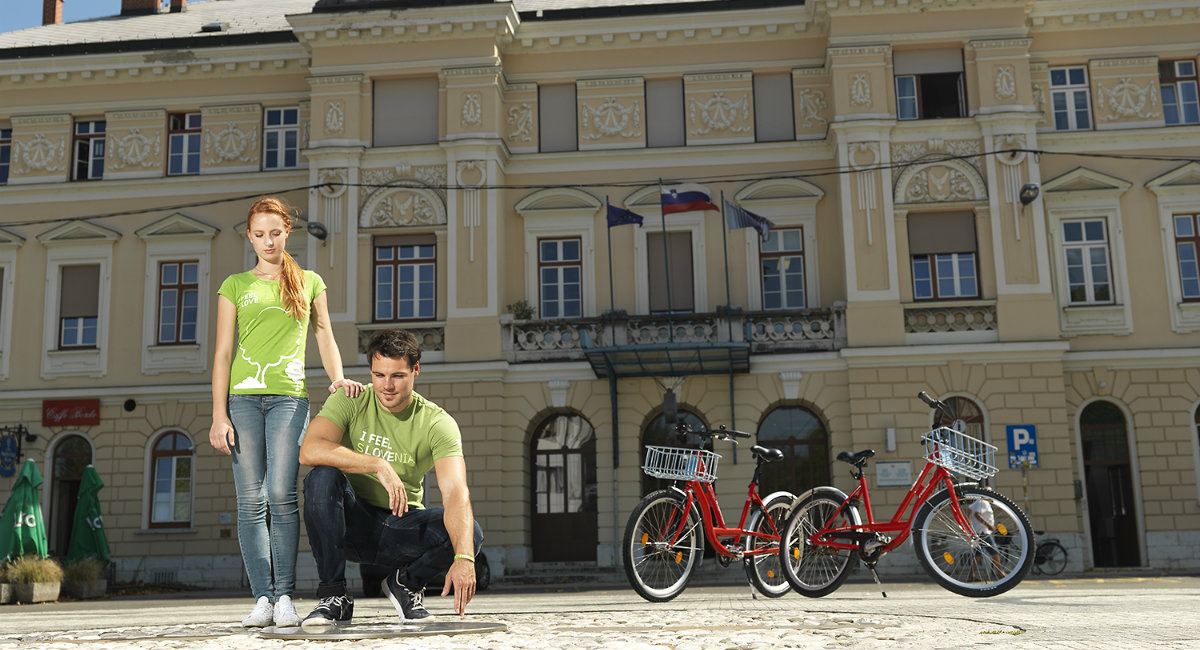
Nova Gorica – the town of youth
Nova Gorica is also one of the youngest Slovenian towns. It was formed after World War II as a new centre at the meeting point of Goriška, Posočje and Vipava Valley. Architect Edvard Ravnikar played an important role in the new town’s formation by designing its urban development concept. During the fast growth of the town, which was constructed with the participation of youth work brigades from all over Yugoslavia, Ravnikar's ideas were modified several times, but the elements of the original concept can still be seen today.
Visit website

